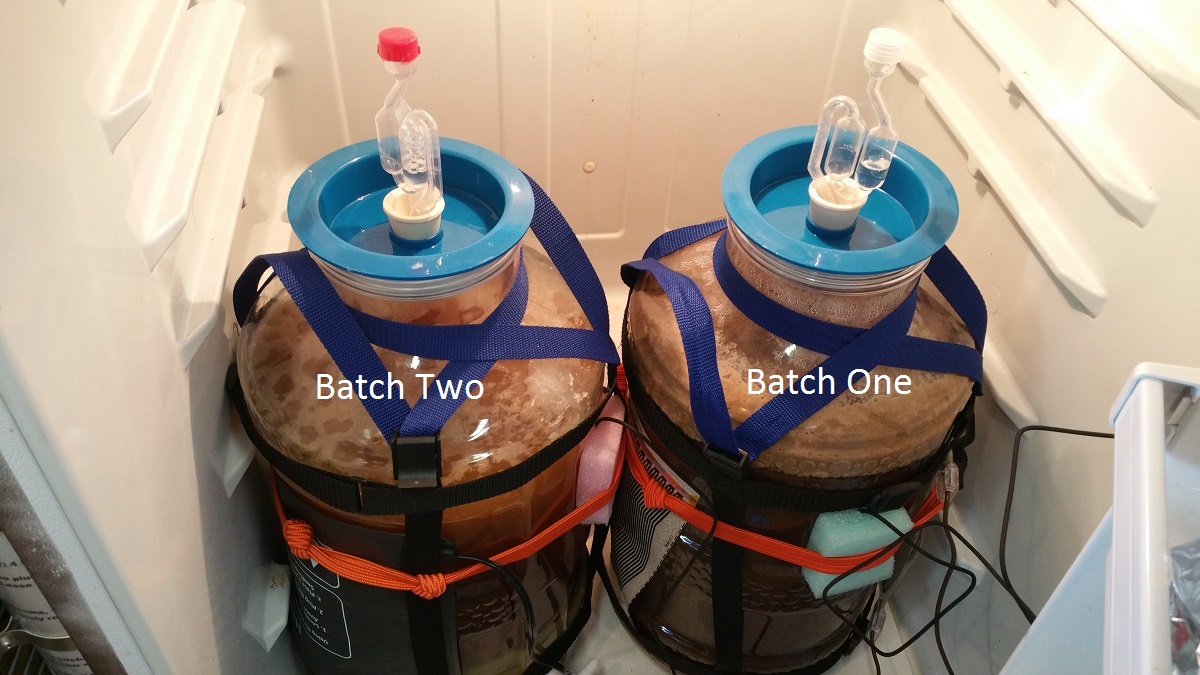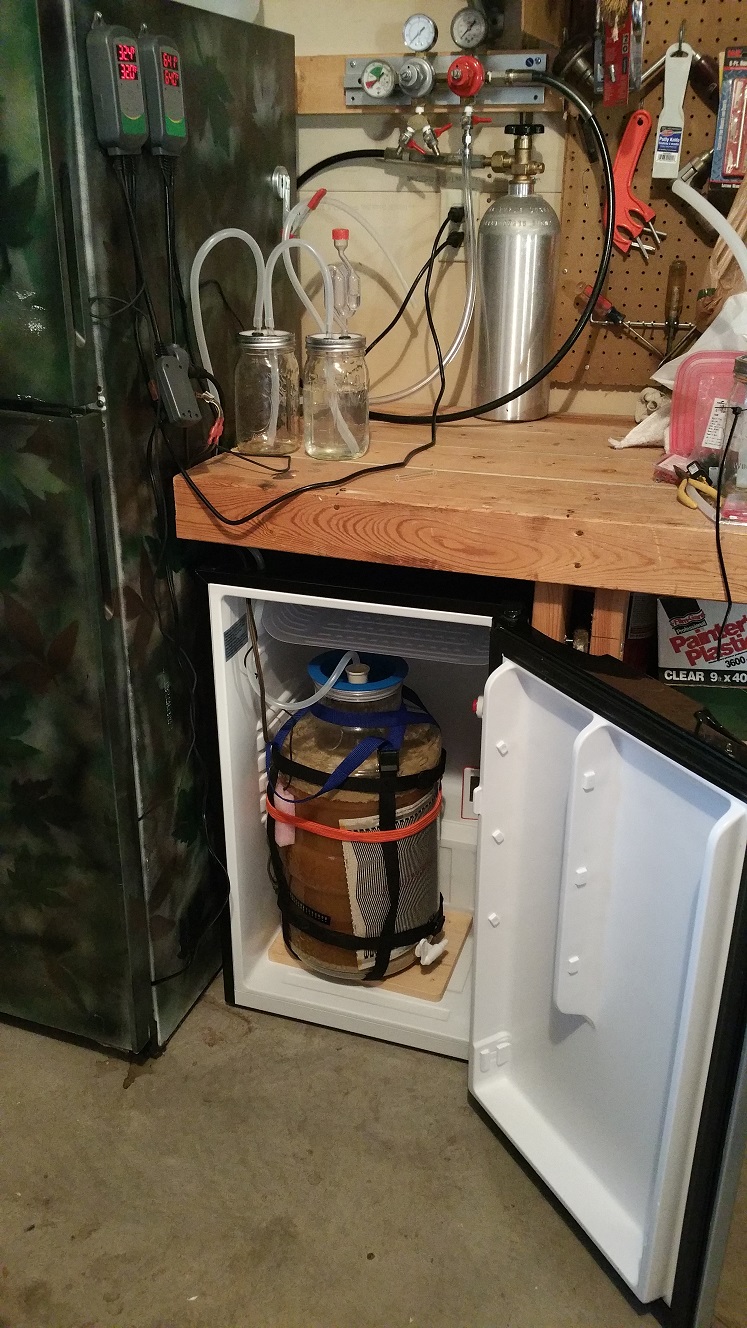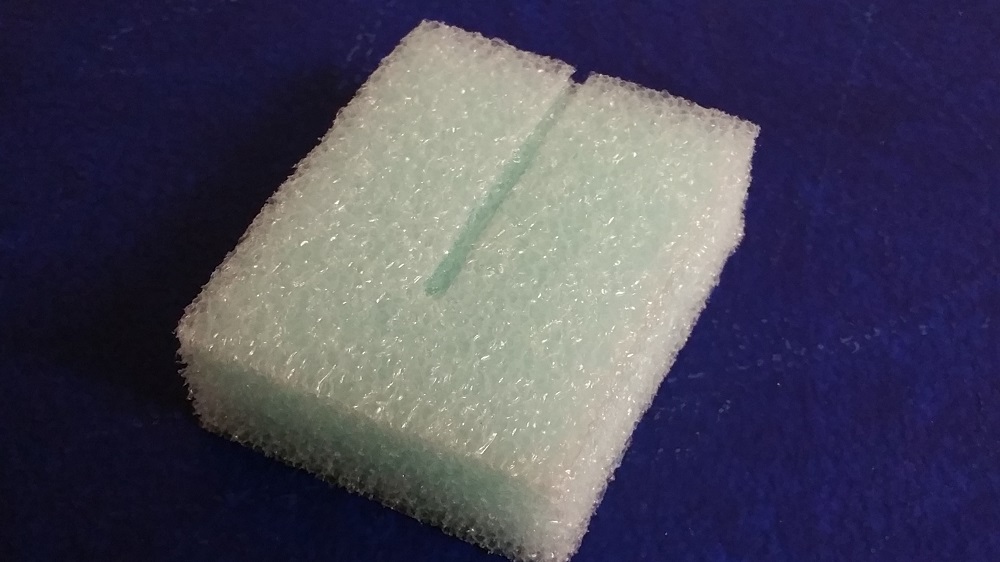So I have had the itch for quite some time to make beer. I have done 7 or 8 5 gallons of home wine so the sanitation doesn’t appear to be a problem.
I have done my home work. Jim palmers book, another beyond the basics of brewing (I forget the name off the top of my head), quite a few article here and BBQ and Beer with Larry on you tube (you rock!)
My first was a NE IPA all grain kit from my local home brew shop. I dove head first with an all grain setup to keg. Lessons learned were patience with temperature. The beer was very drinkable, not great but also not bad. I know I pitched the yeast when the wart was still way to warm ( alas my impatience).
I am fourtunate that I knew how I wanted my setup. Was able to acquire all equipment quite cheap through friends and haggling on selling sites. I have a 2 vessel setup going with a batch sparse method. I just got an ink it’s temp controller for an extra small chest freezer I have with the plan to have a dedicated fermentation tank.
I think my biggest question at the moment is about the term cold crashing and understanding where I should be setting my temperature at based on the ranges from the recipe list. Any other useful information on temperature management during fermentation would be great. Looking forward to further discussion. Thanks.
I have done my home work. Jim palmers book, another beyond the basics of brewing (I forget the name off the top of my head), quite a few article here and BBQ and Beer with Larry on you tube (you rock!)
My first was a NE IPA all grain kit from my local home brew shop. I dove head first with an all grain setup to keg. Lessons learned were patience with temperature. The beer was very drinkable, not great but also not bad. I know I pitched the yeast when the wart was still way to warm ( alas my impatience).
I am fourtunate that I knew how I wanted my setup. Was able to acquire all equipment quite cheap through friends and haggling on selling sites. I have a 2 vessel setup going with a batch sparse method. I just got an ink it’s temp controller for an extra small chest freezer I have with the plan to have a dedicated fermentation tank.
I think my biggest question at the moment is about the term cold crashing and understanding where I should be setting my temperature at based on the ranges from the recipe list. Any other useful information on temperature management during fermentation would be great. Looking forward to further discussion. Thanks.




















































![Craft A Brew - Safale S-04 Dry Yeast - Fermentis - English Ale Dry Yeast - For English and American Ales and Hard Apple Ciders - Ingredients for Home Brewing - Beer Making Supplies - [1 Pack]](https://m.media-amazon.com/images/I/41fVGNh6JfL._SL500_.jpg)







